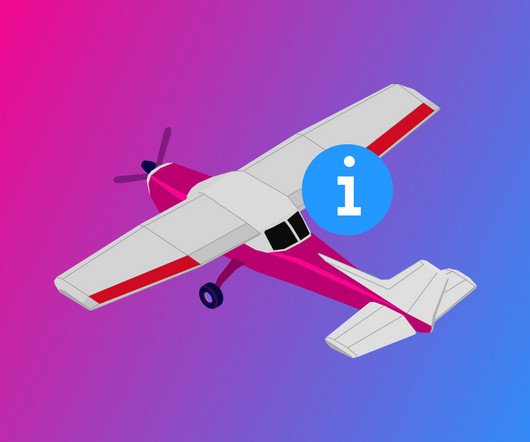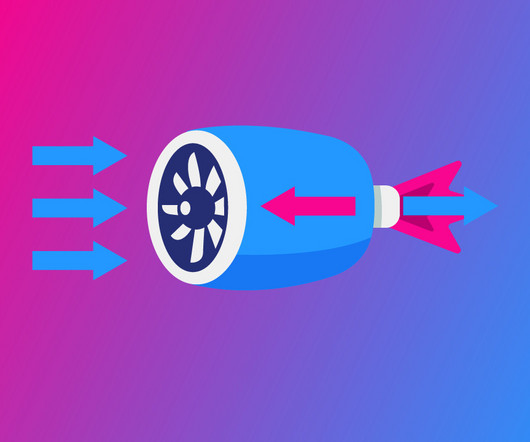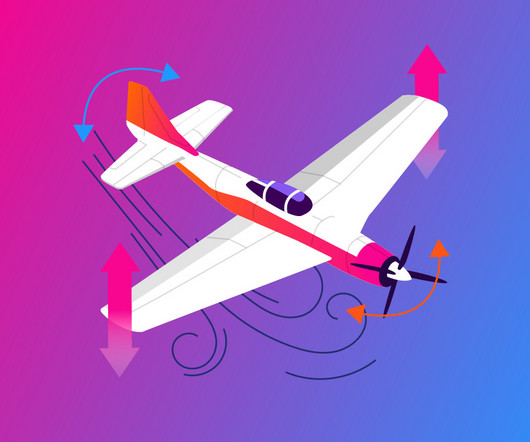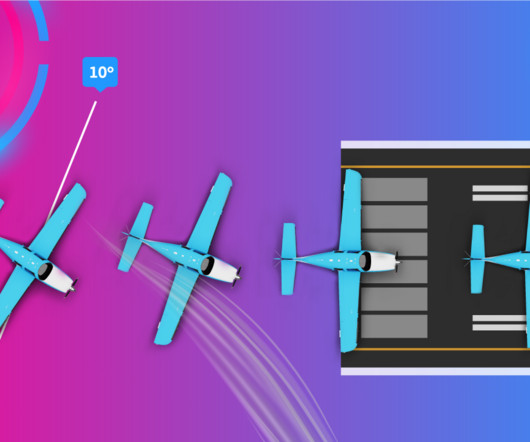Everything You Need To Know About Ailerons
Pilot Institute
FEBRUARY 20, 2025
At first glance, ailerons look like ordinary hinged panels on the wings, but don’t be fooledthey’re important for keeping an aircraft both stable and maneuverable. But theres much more to ailerons than just rolling left or right. Or how do modern airplanes reduce dangerous effects like aileron flutter or adverse yaw?













Let's personalize your content